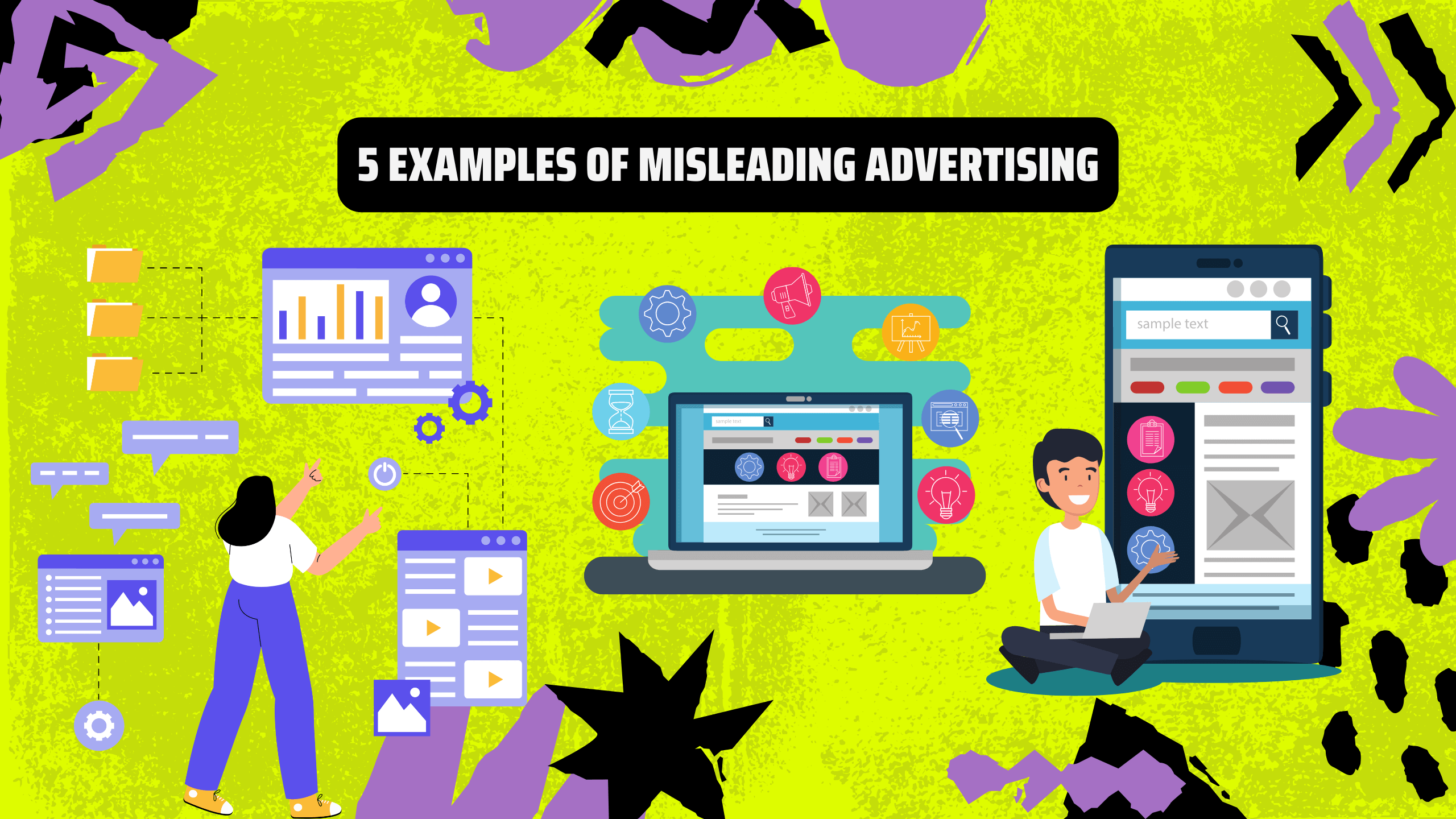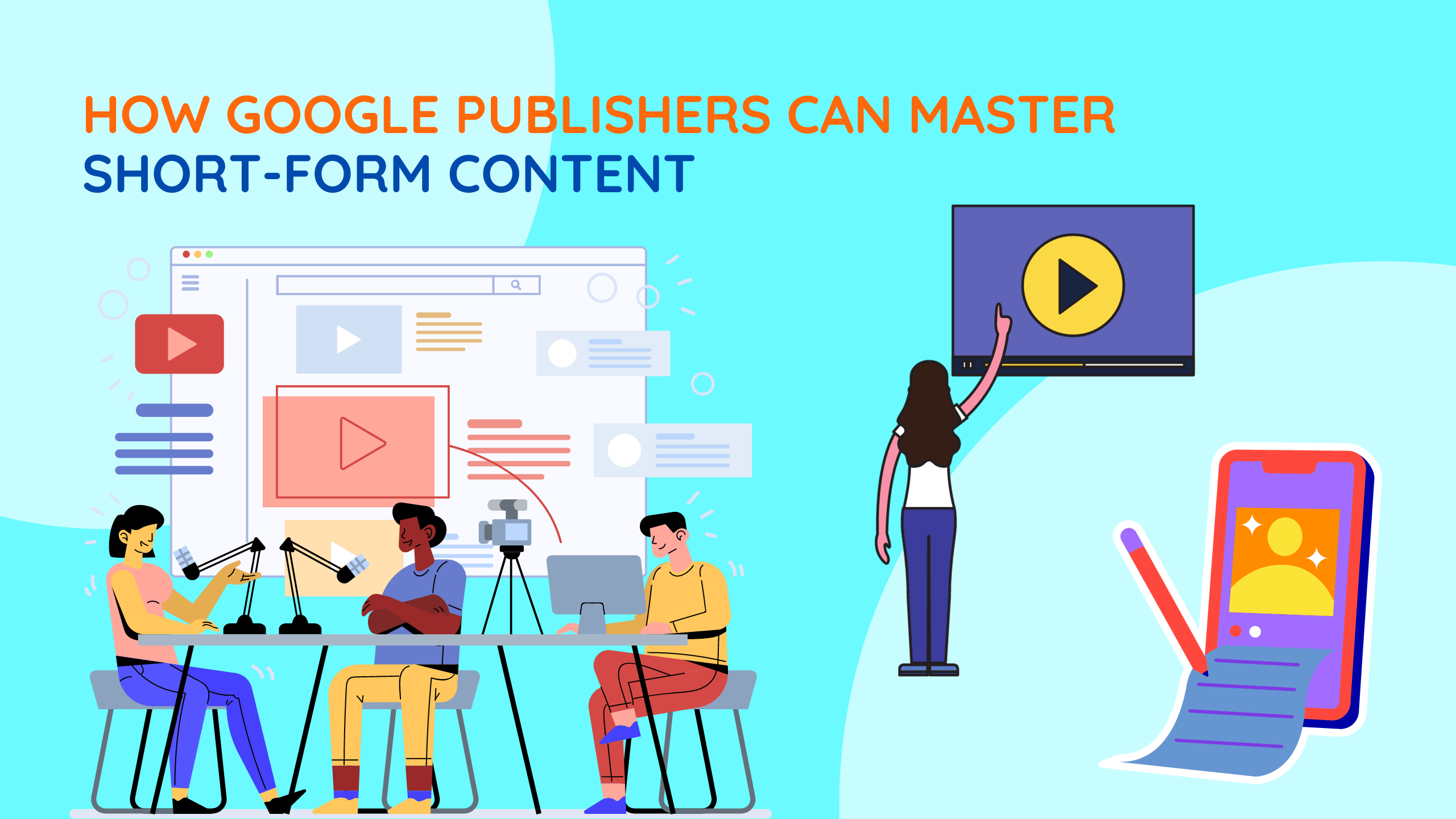In the rapidly evolving digital landscape, where users seamlessly shift between devices, cross-device targeting emerges as a strategic beacon for publishers seeking to enhance their advertising efforts. This article delves into the world of cross-device targeting, unravelling its significance and exploring how publishers can leverage this powerful tool to optimize their campaigns and boost revenue.
I. Understanding Cross-Device Targeting
At its core, cross-device targeting is a sophisticated marketing approach that allows advertisers to deliver personalized messages and ads to users across various devices, from smartphones to tablets, laptops, and more. This strategy capitalizes on the modern user’s tendency to engage with content on multiple platforms throughout their day.
II. The Mechanics of Cross-Device Targeting
Cross-device targeting relies on advanced technology and data analysis to track user behaviour across devices. This involves collecting and analyzing data such as browsing history, app usage, and device preferences to create a comprehensive profile of each user. By understanding how users interact with different devices, advertisers can tailor their campaigns to deliver consistent, relevant, and engaging content across the user’s journey.

III. Benefits for Publishers
1. Seamless User Experience:
Cross-device targeting enables publishers to provide a seamless experience as users transition from one device to another. This consistency enhances user engagement and satisfaction, ultimately fostering brand loyalty.
2. Precise Audience Segmentation:
Publishers can segment their audience based on device preferences, behaviours, and interests. This refined targeting ensures that ads are delivered to the right users at the right time, boosting the likelihood of conversions.
3. Enhanced Ad Relevance:
With a holistic view of user behaviour, publishers can craft highly relevant ad campaigns that resonate with users’ preferences and needs. This results in higher engagement rates and improved campaign performance.
4. Optimized Ad Spend:
Cross-device targeting minimizes the wastage of ad spend by reaching users where they are most likely to convert. Publishers can allocate resources more effectively, maximizing their return on investment.
IV. Strategies for Effective Cross-Device Targeting
1. Data Integration:
Publishers should invest in robust data management platforms that consolidate user data from various sources. This integrated data forms the foundation for accurate audience targeting.
2. User Privacy:
Ensuring user privacy and obtaining explicit consent for data usage is paramount. Adhering to privacy regulations builds trust and encourages users to engage with targeted content.

3. Dynamic Content:
Create ad content that seamlessly adapts to different devices and formats. Responsive design ensures a consistent and appealing user experience across screens.
4. Real-Time Analysis:
Continuously monitor and analyze user behaviour to refine targeting strategies. Adjust campaigns based on performance data to optimize results.
V. The Future of Cross-Device Targeting
The trajectory of cross-device targeting is propelled by the rapid advancements in technology and the ever-changing landscape of user behaviour. As data collection and analysis techniques become more sophisticated, publishers will gain deeper insights into user preferences, habits, and needs. This enhanced understanding will pave the way for even more precise audience segmentation, allowing publishers to create tailored ad experiences that resonate with users on a personal level. Artificial intelligence and machine learning algorithms will play a pivotal role in deciphering complex patterns in user behaviour, enabling publishers to anticipate user preferences and deliver content that seamlessly aligns with their needs across devices.
Furthermore, the future of cross-device targeting will be marked by a seamless integration of channels and touchpoints. Users will come to expect a cohesive experience as they navigate between devices, demanding ads that seamlessly adapt to various formats and platforms. This will drive the need for dynamic content creation, where ads are not only responsive but also intelligent, adjusting in real time to users’ preferences and context. The marriage of data insights, cutting-edge technology, and creative content will shape the future of cross-device targeting, offering publishers a dynamic and effective way to engage users throughout their digital journey.

Conclusion
Cross-device targeting offers publishers a dynamic pathway to elevate their advertising efforts. By embracing this strategy, publishers can create cohesive user experiences, leverage accurate audience insights, and drive optimal results from their campaigns. As the digital landscape continues to evolve, cross-device targeting is set to remain a cornerstone of successful advertising endeavours, enabling publishers to reach their audiences wherever they are in their digital journey.











